Growth in Construction Activities
The construction industry is witnessing a resurgence, which appears to be a significant driver for the Sheet Molding Compound (SMC) Market. SMC is favored for its durability and resistance to environmental factors, making it suitable for various construction applications, including roofing, wall panels, and infrastructure components. In 2025, the construction sector is anticipated to contribute significantly to the SMC market, with an estimated growth rate of 4% per year. This growth is likely fueled by increasing urbanization and infrastructure development projects worldwide. As builders seek materials that offer both performance and sustainability, SMC is positioned to play a crucial role in meeting these demands.
Rising Demand in Automotive Sector
The automotive sector is experiencing a notable surge in demand for lightweight materials, which is likely to benefit the Sheet Molding Compound (SMC) Market. SMC is increasingly utilized in manufacturing components such as body panels, bumpers, and interior parts due to its excellent strength-to-weight ratio. In 2025, the automotive industry is projected to account for a substantial share of the SMC market, driven by the need for fuel-efficient vehicles. As manufacturers strive to meet stringent emission regulations, the adoption of SMC is expected to rise, potentially leading to a market growth rate of around 5% annually. This trend indicates a robust future for SMC applications in automotive manufacturing.
Increasing Focus on Lightweight Materials
The emphasis on lightweight materials across various industries is becoming increasingly pronounced, which may serve as a catalyst for the Sheet Molding Compound (SMC) Market. SMC offers a compelling alternative to traditional materials, providing superior strength while minimizing weight. This characteristic is particularly advantageous in sectors such as aerospace and transportation, where weight reduction is critical for efficiency and performance. In 2025, the demand for lightweight materials is projected to grow by approximately 5%, with SMC playing a pivotal role in this transition. As industries seek to enhance performance and reduce energy consumption, the adoption of SMC is likely to accelerate.
Technological Innovations in Manufacturing
Technological advancements in the production of Sheet Molding Compound (SMC) are poised to enhance the efficiency and quality of manufacturing processes. Innovations such as automated production lines and improved curing techniques are likely to reduce production costs and increase output. In 2025, the SMC market is expected to benefit from these advancements, potentially leading to a market expansion of approximately 6%. Enhanced manufacturing technologies may also allow for greater customization of SMC products, catering to specific industry needs. This trend suggests that the SMC Market will continue to evolve, driven by the need for high-performance materials in various applications.
Sustainability and Environmental Regulations
The growing emphasis on sustainability and compliance with environmental regulations is likely to drive the Sheet Molding Compound (SMC) Market. Manufacturers are increasingly seeking materials that not only meet performance standards but also align with eco-friendly practices. SMC, being recyclable and offering lower emissions during production, is well-positioned to meet these criteria. In 2025, the market for sustainable materials is expected to expand by around 7%, with SMC gaining traction as a preferred choice. This trend indicates that as industries adapt to stricter environmental policies, the demand for SMC will likely increase, reinforcing its role in sustainable manufacturing.
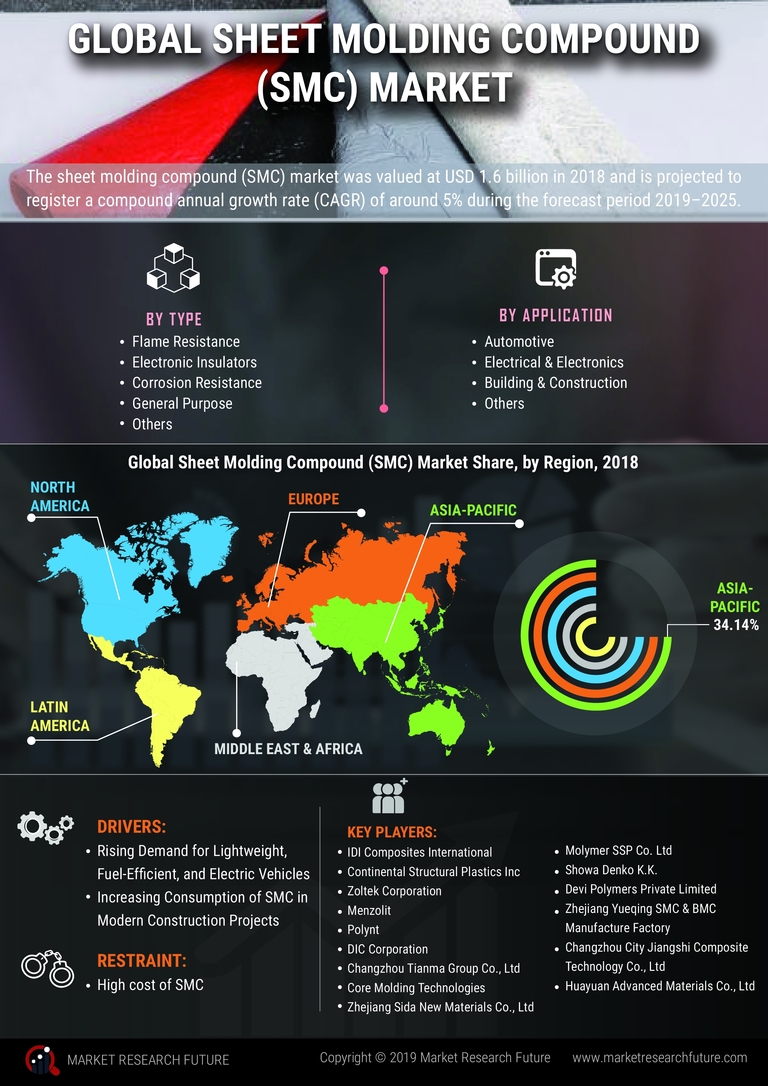

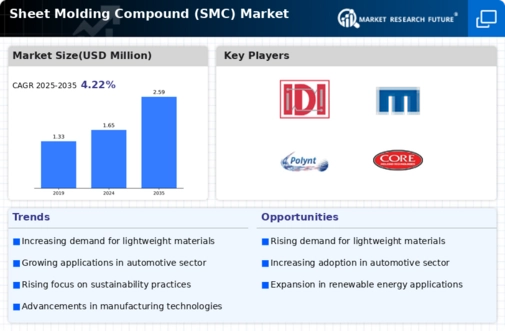
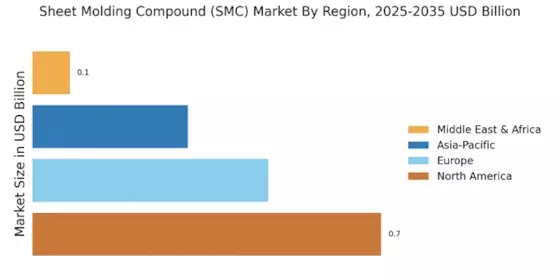
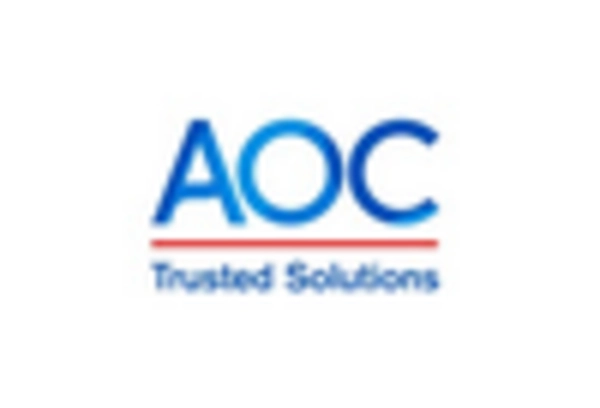



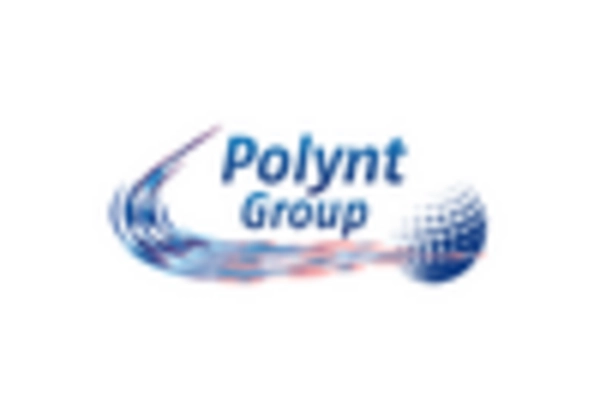









Leave a Comment